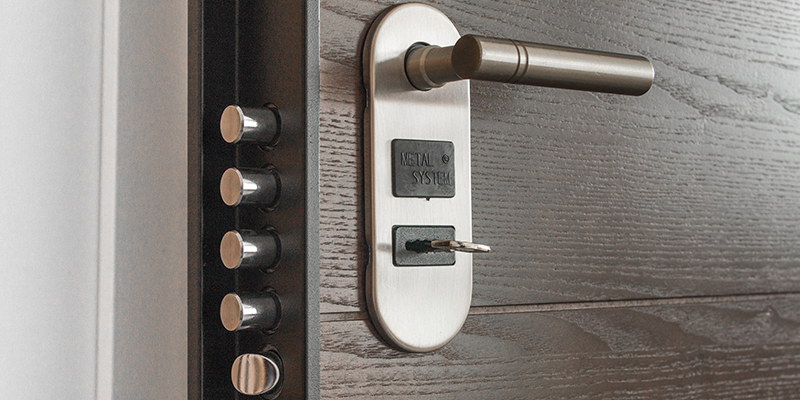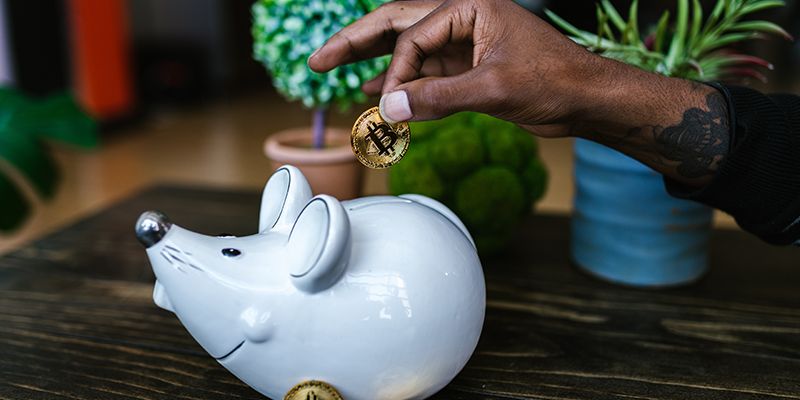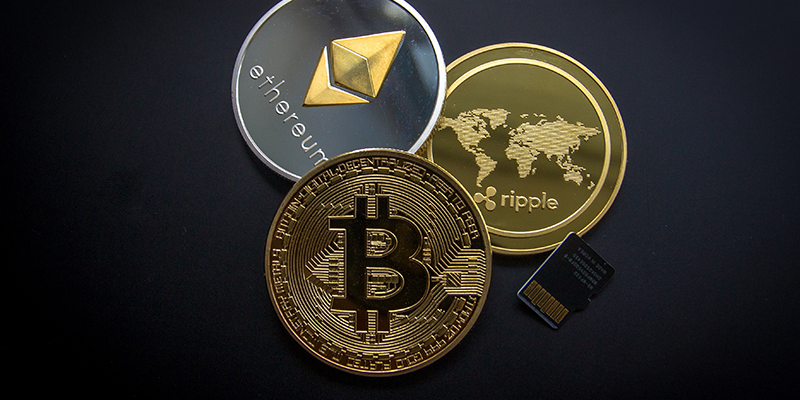Crypto Fundraising: What Nonprofits Need to Know About Bear Markets
The rise of cryptocurrency fundraising has excited (and even surprised) many in the nonprofit community. But even with hundreds of millions of...
3 min read
 Joshua Peskay
:
May 4, 2022 9:46:08 AM
Joshua Peskay
:
May 4, 2022 9:46:08 AM

Multi-factor authentication is a critical security measure that all nonprofit personnel should be using. This type of authentication requires more than one method of identification in order to log in to a system or account.
For example, you may be required to input your username and password, as well as enter a unique code that is texted or emailed to you. This extra layer of security helps protect your data from unauthorized access. In this blog post, we will discuss the importance of multi-factor authentication and how it can help keep your data safe
Multi-factor authentication is an important security measure that should be utilized by anyone concerned about keeping their online accounts safe. In short, it requires the use of two or more distinct forms of identification in order to log in to an account. This can include a combination of something you know (such as a password), something you have (such as a physical key), or something you are (such as a fingerprint).
The benefits of using multi-factor authentication are numerous. Perhaps most importantly, it makes it significantly more difficult for unauthorized users to gain access to your account. Even if someone is able to obtain your password, they would still need another form of identification in order to log in.
In today's digital world, data security is more important than ever before. Nonprofit organizations are especially vulnerable to data breaches, as they often have limited resources and staff. That's why it's critical for nonprofits to use multi-factor authentication (MFA) to protect their data. MFA adds an extra layer of security by requiring users to provide two or more pieces of evidence to verify their identity.
This could include a password and a fingerprint, or a one-time code that is sent to a mobile device. By using MFA, nonprofits can make it much harder for hackers to gain access to sensitive data. In addition, MFA can also help to prevent phishing attacks, which are becoming increasingly common. As such, MFA is a critical security measure that all nonprofits should be using.
When it comes to data security, encryption is your friend. By scrambling your data so that it is unreadable without a key, you can help keep your information safe from prying eyes. Encryption can be used to protect everything from email messages to financial transactions, and it is an essential tool for anyone who wants to safeguard their online privacy.
While encryption is not foolproof, it is a powerful deterrent against casual snooping and serious hacking attempts. As long as you take care to choose a strong encryption algorithm and keep your keys safe, you can rest assured that your data will be well-protected.
In today's digital world, it is more important than ever to have a strong password. A strong password is one that is difficult to guess but easy to remember. Here are some tips for creating a strong password:
By following these tips, you can create a strong password that will help to keep your online accounts safe and secure.
To enable two-factor authentication on your accounts, start by navigating to your account settings page on the platform of your choice. For example, if you are looking to enable two-factor authentication on a Gmail account, you would go to the Security tab in your settings and select 2-Step Verification.
From there, follow any additional steps that are required for that specific platform, such as entering an email address or phone number. Once you have enabled two-factor authentication on your account, you will be asked for an additional verification code each time you try to log in from a new location or device.
This helps to ensure that only you have access to your account, even if someone manages to obtain your username and password. Whether it's a social media profile or an important work email address, enabling two-factor authentication is an easy way to keep your data safe and secure online.
If you are not using multi-factor authentication for your online accounts, now is the time to start. This security measure can help to protect your accounts from unauthorized access, as well as deter would-be hackers and phishers. Follow the steps above to get started, and make sure to choose a strong password that will be difficult for others to guess. By taking these precautions, you can help to keep your online accounts safe and secure.
If you would like to learn how your entire organization can make the switch to using MFA on all your accounts, schedule a 15-minute discovery call with one of our Cybersecurity Experts.

The rise of cryptocurrency fundraising has excited (and even surprised) many in the nonprofit community. But even with hundreds of millions of...

Cryptocurrency is all over the news these days, and for good reason. Decentralized finance (or "DeFi" for short), as represented by many crypto...

Crypto, crypto, crypto, blah, blah, blah.